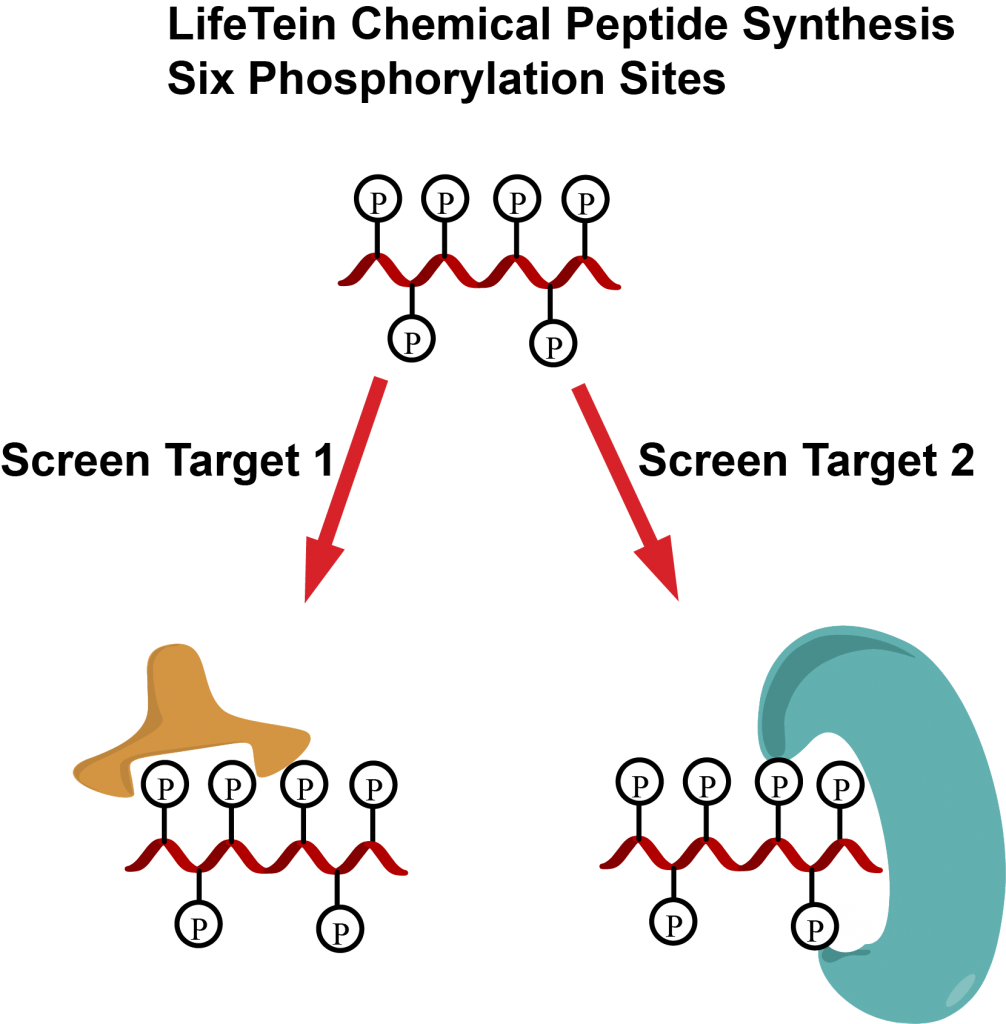The use of mobile microrobots offers a promising solution for targeted medical theranostic applications at normally inaccessible regions of the human body. Namely, the circulatory system is an ideal region for said applications, but blood flow can complicate both navigation inside the body and preservation of the microrobots.
Researchers have designed microrollers able to be controlled via magnetic propulsion and steering, able to maneuver against physiologically relevant blood flow effectively. The rollers are composed of a magnetically responsive half-side and a silica half-side for cargo loading and biochemical functionalities. Once navigated to cancerous cell monolayers, the rollers utilize surface-functionalized cell-specific antibodies as well as photocleavable linkers to release doxorubicin (DOX), and anticancer drug molecule, onto the target area.
Both the azide-DOX and o-nitrobenzyl photocleavable linker used by the team were provided by LifeTein, allowing the mircorollers to release the drug on demand via UV light exposure. This method of on demand delivery of the drug molecules combined with maneuverability of the microrollers designed by the researchers opens the door for development of next-generation microrobots for controlled navigation and cargo delivery in the circulatory system.
Reference: Alapan et al., Sci. Robot. 5, eaba5726 (2020) 20 May 2020


